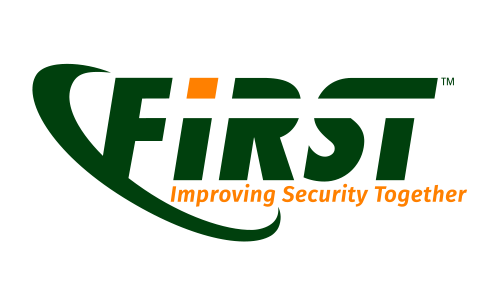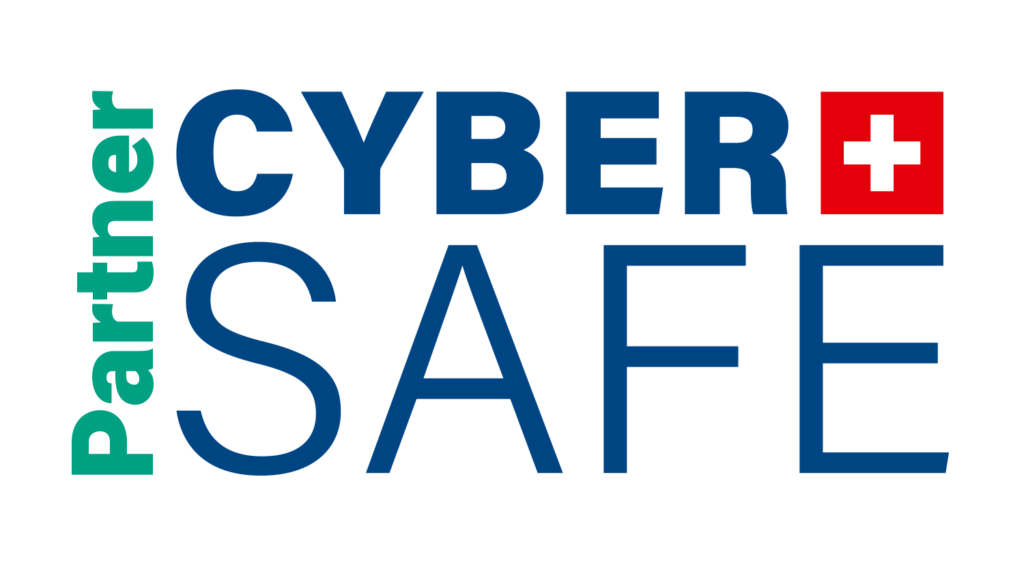If your business develops applications, albeit internally or with third party providers, you have most likely already faced delays in your software releases due to security issues.
Why? Because security checks are performed at the end of the development process and if any vulnerabilities are discovered at that stage, your teams will need time to fix them.
And based on our experience pentesting applications, vulnerabilities are highly likely to be found in your code. That’s why we advise you to implement the shift-left principle and introduce security earlier into your development lifecycle. This will reduce the time and resources you will need to invest in order to address any issues.
However, this means a change in mindset which can be met with resistance from your teams. Nominating a security champion can help ease the transition and facilitate the integration of security from the start of the process.
Who can be the security champion?
The security champion should be a member of your dev team who is highly motivated about security and willing to support the team. Ideally, your security champion should volunteer and not be nominated to ensure they’re truly passionate and will serve as an ambassador for security.
To ease interaction and collaboration with teams, your security champion has to be a good communicator. But most importantly – to succeed in his mission – he will need to have continuous support from the management.
What will your benefits be?
Security:
- Create a security culture within your organisation
- Promote the shift left mindset
- Reduce your exposure and vulnerabilities
Business:
- Optimise your costs
- Be compliant with laws and regulations
- Reduce your time to market
How to start with your security champion?
Firstly, to find your security champion, you need to ensure management buy-in to support them. You should also highlight the benefits of being a security champion (career paths, self-improvement, …) and clearly define his/her role and responsibilities. Once you have identified your champion, you will need to:
- Create clear communication channels between the champion and the rest of the team
- Develop a shared knowledge base about security by creating a single source of information
- Define security KPIs that allow you to measure your success and return on investment
- Maintain interest and ensure the security champion doesn’t become a hindrance.
Want to improve the security of your applications?
Our experts are ready to support you through:
- Training and coaching of your developers
- External security champions: our experts can serve as your champion until you are ready to set-up the process internally
- Implementation of a secure SDLC (through your security champion)
- And much more






